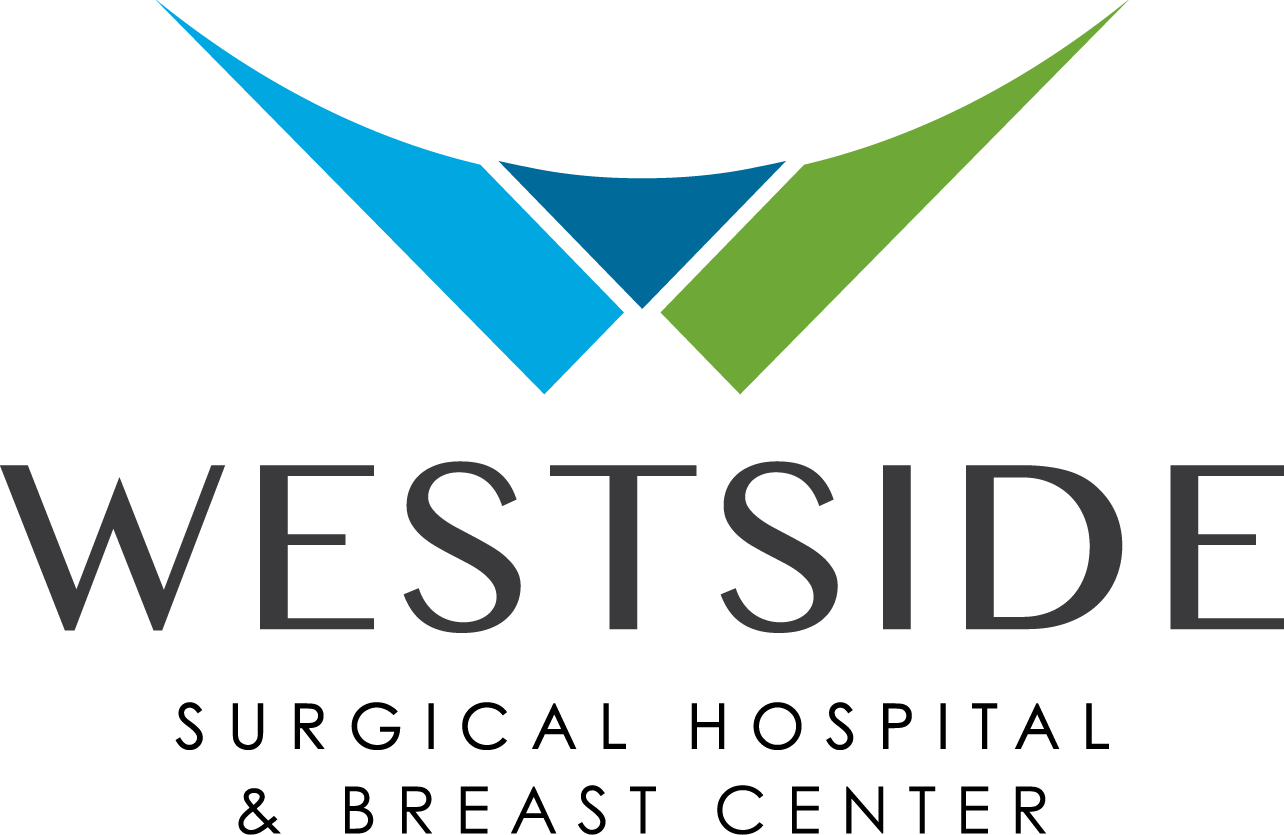Breast Reconstruction
Plastic surgery
Many doctors are experienced in the use of products made of donated human skin (such as AlloDerm® and DermaMatrix®) to support implants or transplanted tissues. These products are regulated by the US Food and Drug Administration (FDA). They are used to extend and support natural tissues and help them as they grow and heal. In breast reconstruction, they may be used with expanders and implants and they have also been used in nipple reconstruction.
Doctors can also use synthetic mesh, animal grafts, and more recently, animal skin with the cells removed (acellular matrix products) and other methods for internal support. Acellular matrix products are quite new in breast reconstruction. Studies that look at outcomes are still being done, but have been promising. Talk with your doctor about whether any of these materials will be used in your reconstruction and how they might affect your risk of complications.
Nipple and areola reconstruction
A surgical procedure to have your nipple and the area around the nipple (areola) reconstructed is optional and usually done as the final phase of breast reconstruction. It may take place about three to four months after surgery.
Nipple reconstruction is done to make the reconstructed breast look more like the original breast. The procedure is usually done in a surgery center, as an outpatient.
The aim of nipple and areola reconstruction is to match the position, size, shape, texture and color of the new nipple to the natural one. Tissue used to rebuild the nipple and areola is typically taken from your body. In some cases, doctors may build up the areola and nipple area with donor skin. Tattooing may be used to match the color of the nipple and areola of the other breast.
Some women choose to have the just the tattoo, without nipple and areola reconstruction. A skilled plastic surgeon uses pigment and shading techniques to make the flat tattoo look three-dimensional and as natural as possible.
Nipple-sparing procedures
In a procedure called nipple-sparing mastectomy, the nipple and/or areola is left in place while the breast tissue underneath is removed. Women who have a small, early-stage cancer near the outer part of the breast, with no signs of other cancer, may be able to have nipple-sparing surgery.
In areola-sparing mastectomy, the nipple and its ducts may be removed, while the circle of tissue around it is kept.
Nipple-sparing procedures are still being perfected and carry some risks, including nipple changes/deformity, loss of feeling and appearance. Doctors are working to improve the safety and outcomes of nipple-sparing surgeries.
Saving the nipple from a breast that has been removed to use it later is no longer practiced.
Liposuction
Fat grafting, also called autologous fat transfer, is emerging as a new breast reconstruction technique.
In fat grafting, fat tissue is removed from other parts of your body – usually your thighs, belly, and buttocks – by liposuction. The tissue is then processed into liquid and injected into the breast area to recreate the breast.
Another form of fat grafting, called lipofilling, has been used for a number of years to fix minor differences in the shape, balance, or position of the reconstructed breast compared to the other breast.
In many cases, the fat injected into the breast area may be reabsorbed by the body over time and the breast may lose some volume.
In one type of fat grafting procedure, an external tissue expander – called a Brava device – is worn for several weeks before and after the fat grafting. The Brava device is like a bra with plastic cones that expand the tissue and create a matrix for the fat. Wearing the Brava device is important for the reconstructed breast to maintain its volume.
Depending on the size you would like your reconstructed breast to be, you may have to have multiple fat grafting procedures that are done over a period of two to six months, possibly longer.

